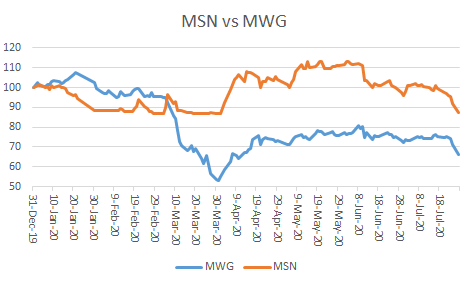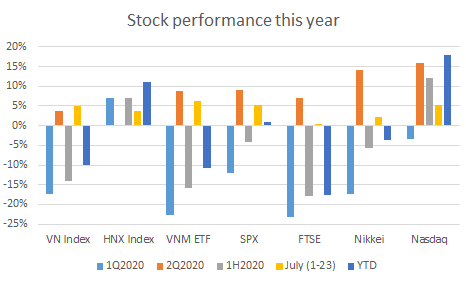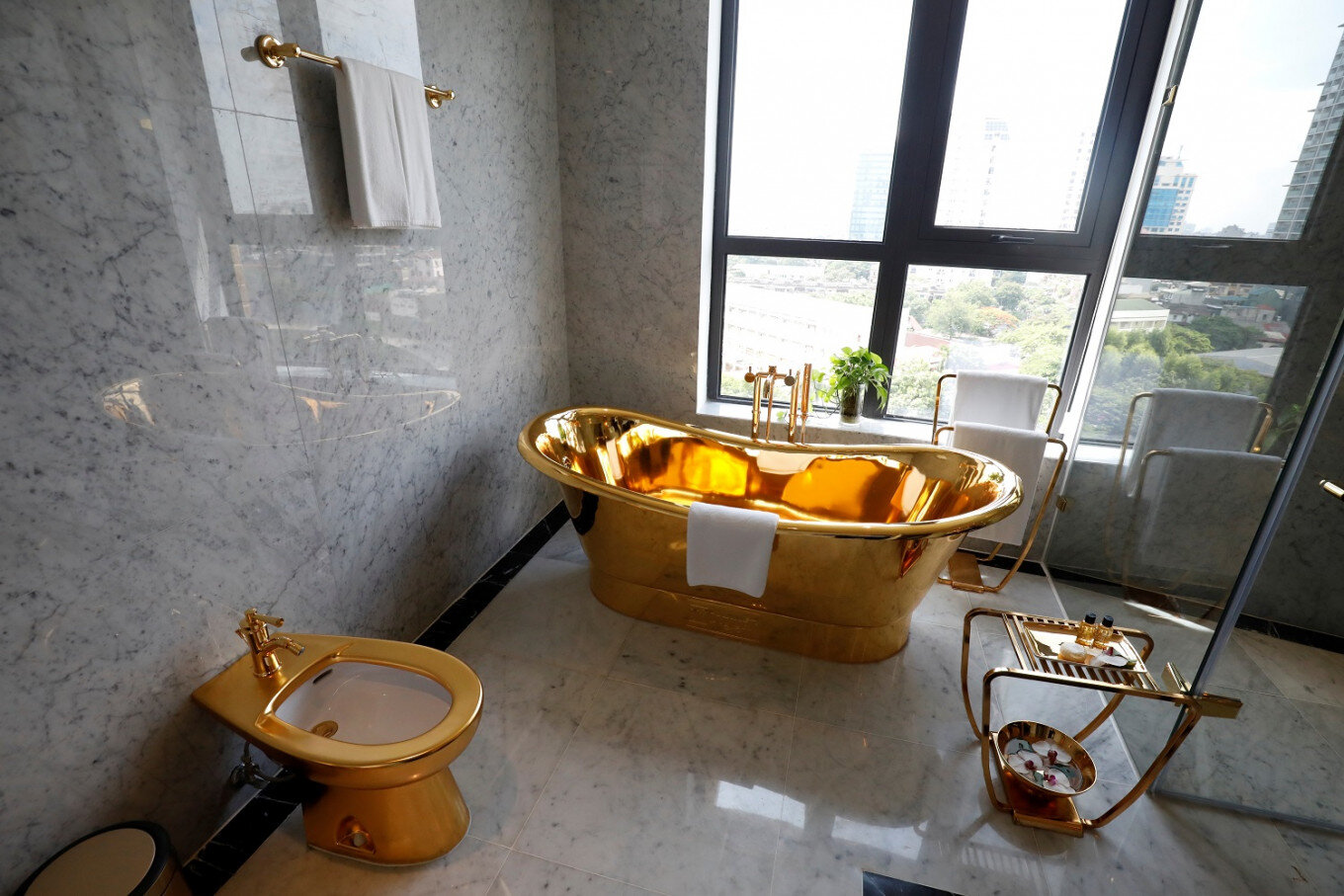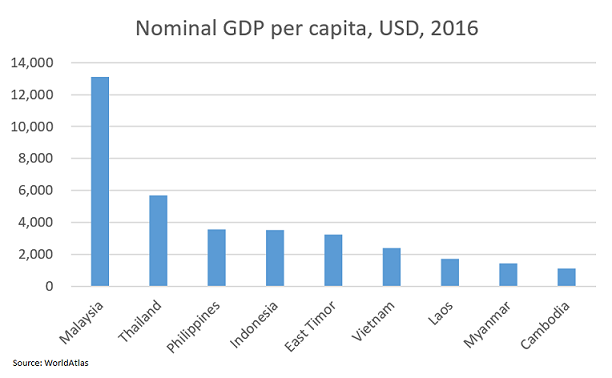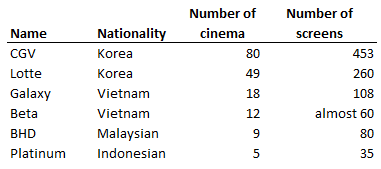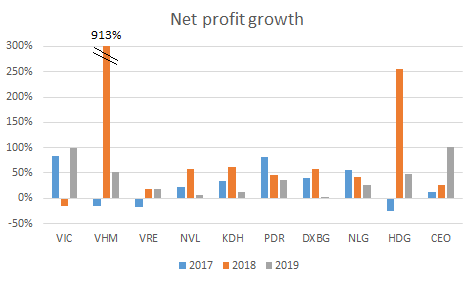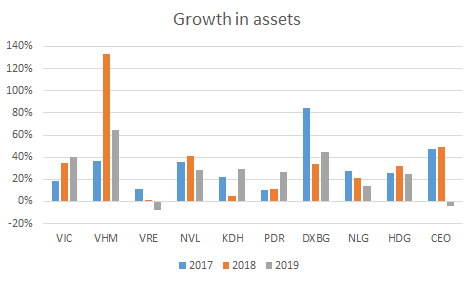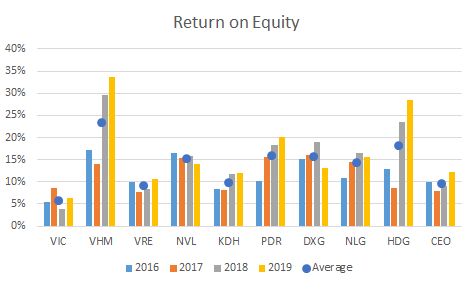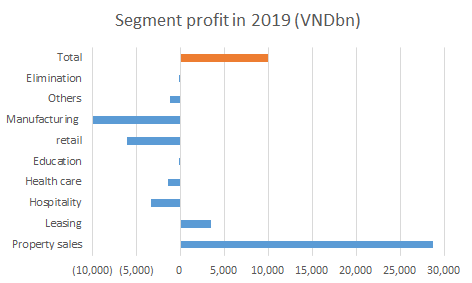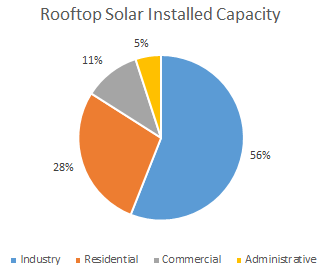Earnings of $65m would imply revenues of $433m at a 15% margin. But remember that the company only gets at most 20% cut of the actual booking. Let me explain: you pay a dog walker $25 for a visit, but Wag gets 20% of that, or $5. So the implied bookings value is actually $2.2bn.
Remember we said the market right now is $7.7bn, so this is just 28%. Plus, the company may be able to get more money from targeted advertising of dog food or other pet services. And they could move out of the US into Europe.
Of course it wasn’t crazy that Softbank would expect their company to take more than a quarter of the market. Tech companies end up having quasi-monopolies. Amazon has 50% of the print book market in the US and 75% of the ebook market. Pet services may be different, but maybe it isn’t all that different.
In fact, Softbank’s view is that if they give a company tons of money, they can “blitzscale,” mean grow extremely fast and take over the market before the competition can get there.
And once Wag has 50%+ of the dog walking/sitting business, then maybe it move into other pet services, or even take over some of the stuff that TaskRabbit or Postmates does. If you have thousands of people willing to walk dogs for money, it’s not crazy to think that they would be willing to do some other task for money.
Of course, it turned out that Wag is not doing all that well. Late last year it started laying people off. And that was before a 70% decline in their core business because of COVID. At the same time, it has moved into other pet services, like food delivery and a chat line for owners to talk with vets.
Ultimately this has been a bad investment for Softbank. And maybe blitzscaling isn’t all its meant to be. The company probably hired too many people (hence layoffs), and it probably spent too much on promotions to get customers, but now that all that money has been spent, it could be an alright business.
If Wag makes it through, and does end up grabbing something like 10% of the total pet spending, it would have bookings of something like $10bn. Even with a small cut of 5%, that would be revenues of $500m and a net income of $75m. That wouldn’t be too bad.
And remember that this is all hindsight. At the time, I might have thought that taking a bit more than quarter of the market was extremely do-able. People may have had problems with the business model, but it wasn’t crazy to think: Pet services is a really big market, and this is an interesting way to get into it.
Ultimately, it’s just really hard to make investments. I can’t find the source now, but a recent academic study looked at venture investing, and it turns out the best thing to do is to invest in tons of deals, because no one knows what’s going to work. Maybe Wag was just one of those that didn’t work out. Plus, Softbank got some of its money back, much better than I expect they will get with WeWork.



